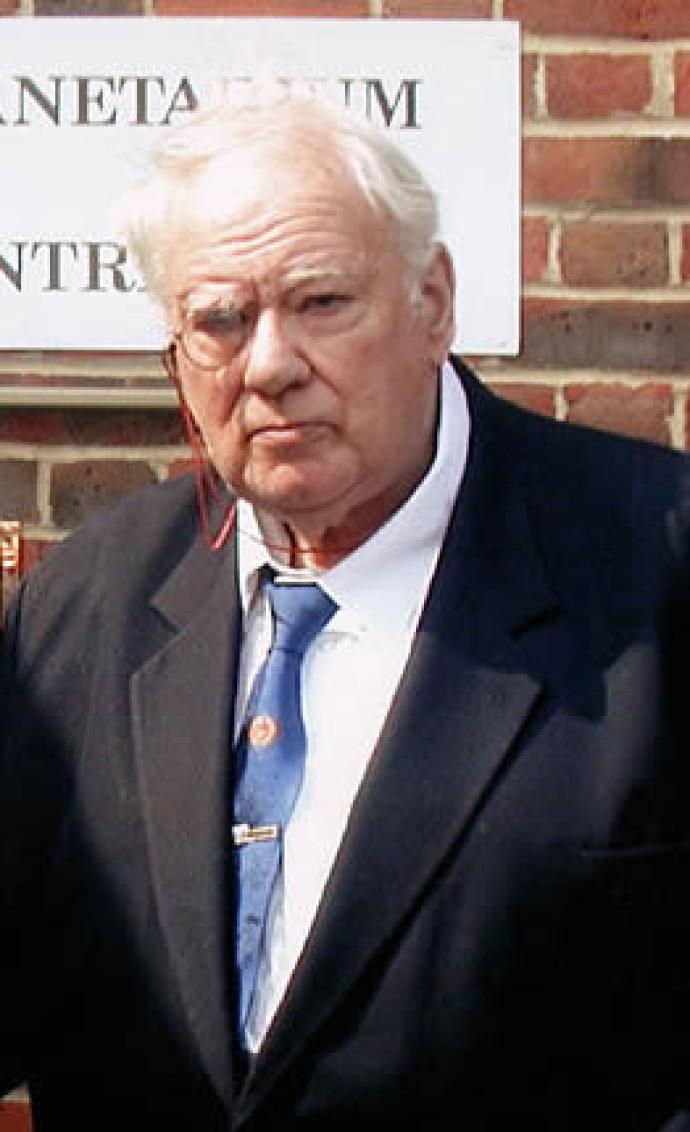Occupation
Astronomer, Writer, Broadcaster
Year born
1923
Research Areas
he Moon, the Planets, Star Catalogues
"...an attempt to enable the ordinary reader to follow, with intelligent interest, the course of modern astronomical inquiries… The kind of knowledge it now chiefly tends to accumulate is more easily intelligible–less remote from ordinary experience."
Source: Preface pp v-viii (Clerke, 1885)

- Early Life
Patrick was born in Pinner, UK. He had health problems when he was young and was educated at home. As a child, Patrick was interested in astronomy. When he was 11, he joined the British Astronomical Association. At the age of 14, he was asked to run a small local observatory. Patrick trained as a pilot during World War II. After the war, he studied at the University of Cambridge.
- Career Highlights
Patrick worked as a teacher but spent his spare time doing astronomy. He set up a 12.5 inch telescope in his garden and spent lots of time studying the Moon. Patrick studied the Moon in detail, mapping its craters, mountains, and seas. Patrick was particularly interested in the far side of the Moon. Due to the Moon's slight wobble on its axis, we can see up to 9% of the far side of the Moon from Earth.
Patrick wrote his first book when he was 29. It was called 'Guide to the Moon'. Patrick went on to write over 70 books on astronomy. Patrick also compiled the Caldwell Catalogue. A list of the 109 objects in the night sky observable by amateur astronomers. The list includes galaxies, nebulae, and star clusters such as the Hyades and the Double Cluster. Many of these objects were not included in the Messier Catalogue. This only listed objects which may be observed from the Northern Hemisphere. Patrick used his other surname, Caldwell, to name the catalogue. He did this because the first letter of Moore is already used for the Messier Catalogue.
Patrick became well-known as an astronomer. He first appeared on TV in the 1950s. In 1957, aged 34, he began presenting the BBC TV show 'The Sky At Night'. He presented the monthly programme until he was 89 years old. Patrick is listed in the Guinness World Records as the world's longest-serving TV presenter. Patrick was also President of the British Astronomical Association, and the Society for Popular Astronomy.
- Legacy
Aged 78, Patrick was knighted and became Sir Patrick Moore. One year later, astronaut Buzz Aldrin presented him with an award in recognition of his work in television.
- Other Interests
As well as his popular science books, Patrick wrote a series of science fiction novels for young people!
